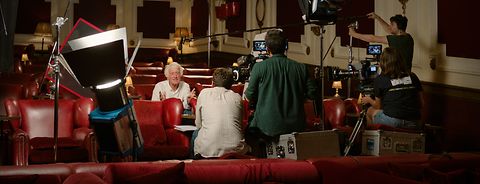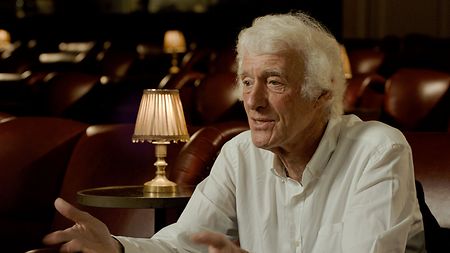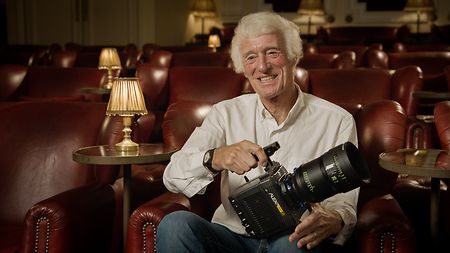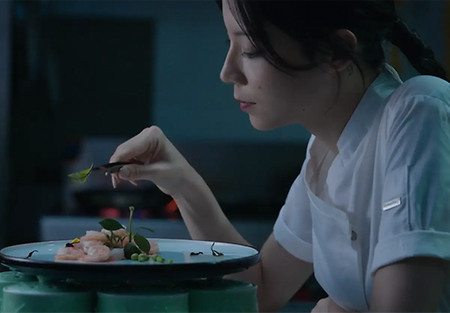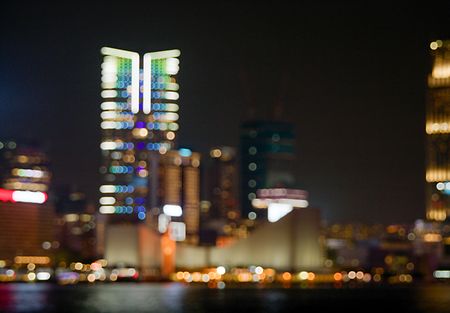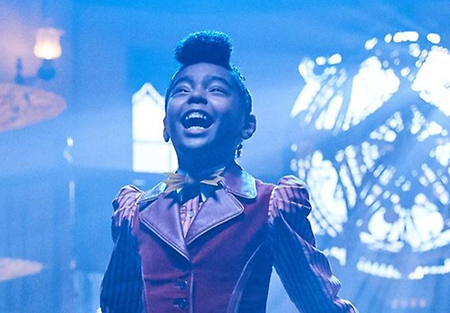Halfway down the Portobello Road in Notting Hill sits the Electric Cinema. One of the oldest cinemas in London, the Electric first opened its doors in 1911, survived World War Two, became a famous arthouse venue in the 1970s, and is now owned and operated by the Soho House chain. Normally off-limits as a shooting location, the management swiftly made an exception when ARRI asked if it would be possible to film an interview with Roger Deakins in the historic auditorium. Such is the respect for Deakins among film lovers.
So, not long after wrapping Sam Mendes’ highly anticipated World War One movie, “1917,” Deakins meets up with a small team from ARRI to talk about his experiences with new technology on the shoot. Accompanied by his wife, James, Deakins walks unassumingly into the theater wearing his trademark blue jeans and white button-down shirt, and chats with old friends from ARRI before sitting down for the interview.
